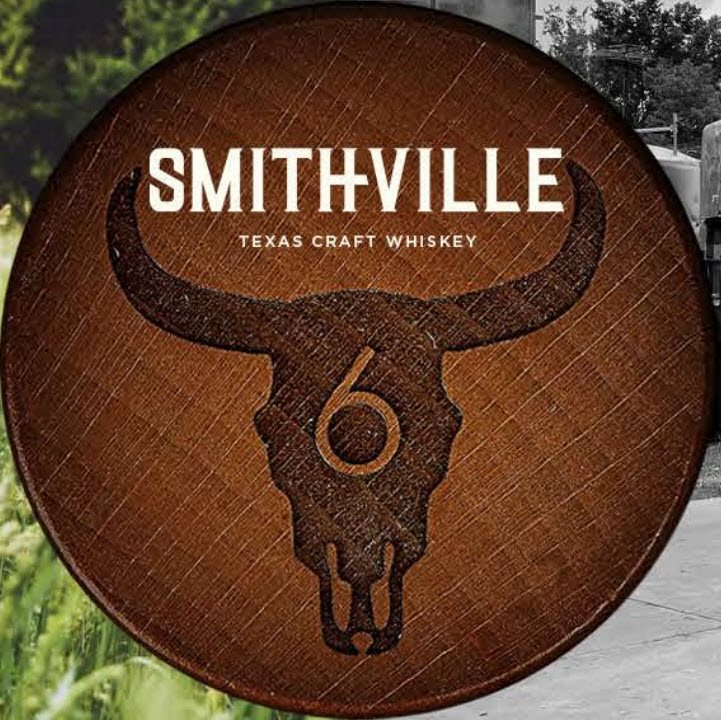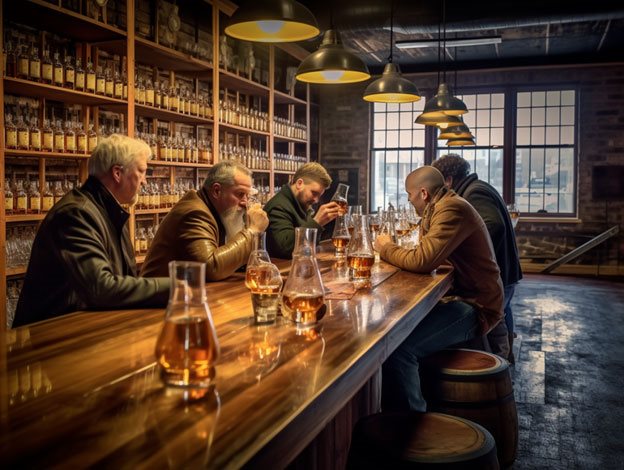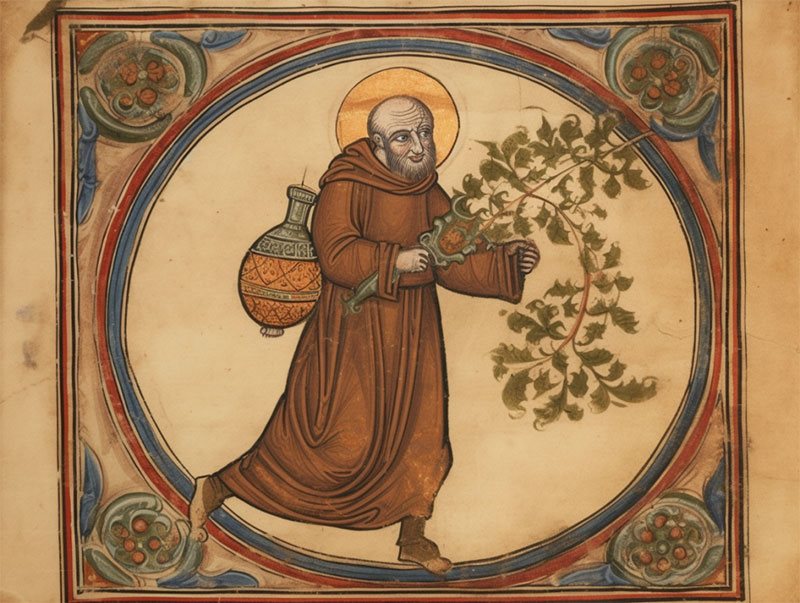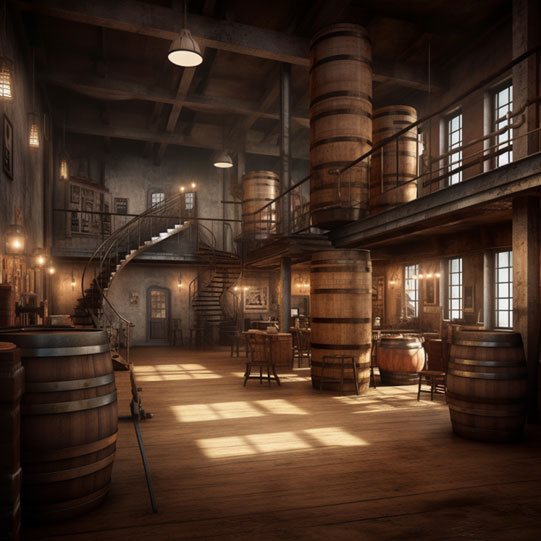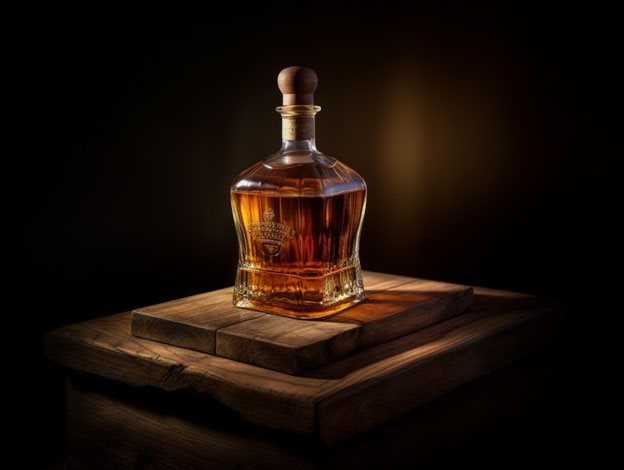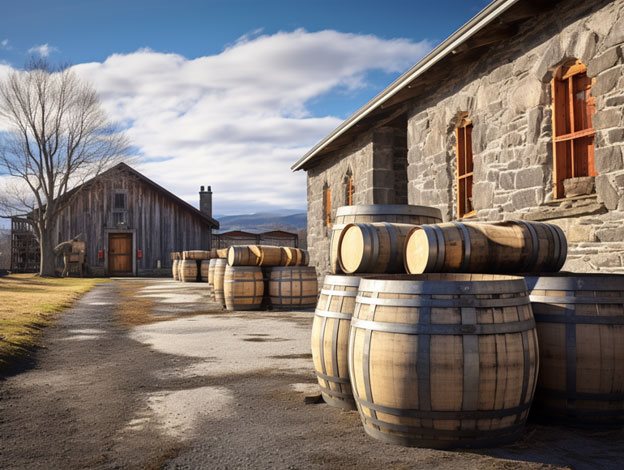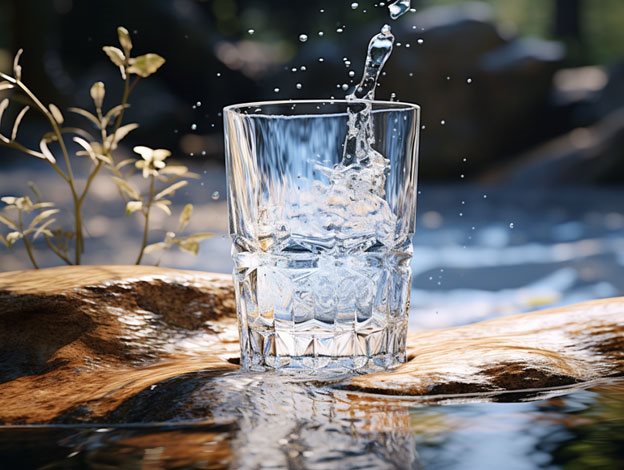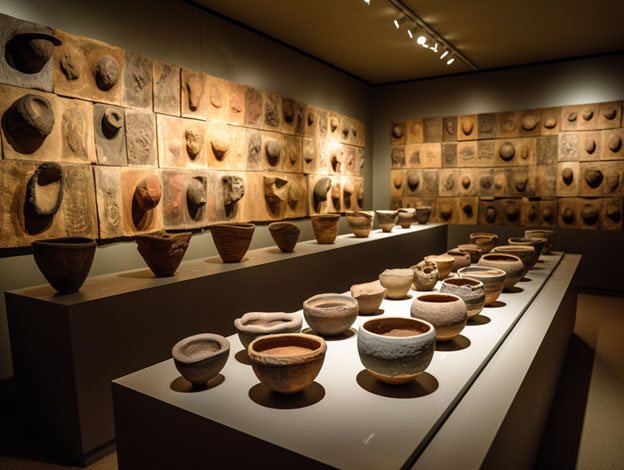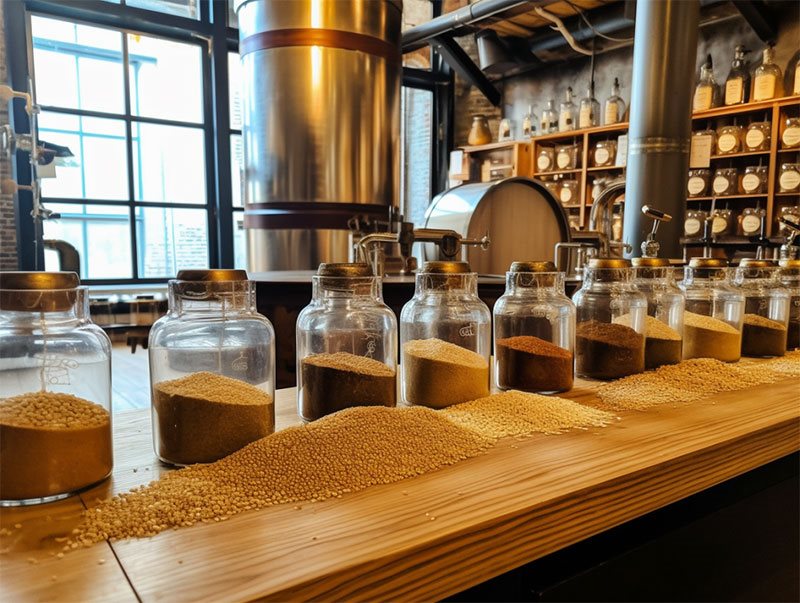Whisky lovers, we've got a treat for you today! We're going on a time-traveling adventure to compare whisky production methods between the 18th century and today. Understanding the journey of whisky production over the centuries not only offers a fascinating insight into this beloved spirit but also highlights the technological advancements and innovative techniques that have shaped the whisky we enjoy today. Let's jump right in!
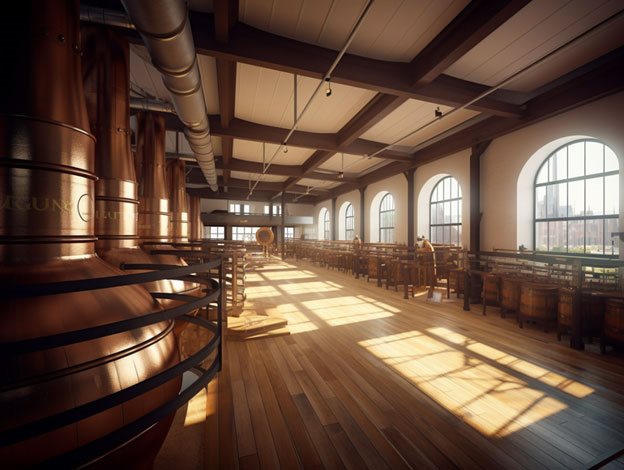
18th Century Whisky Production
Back in the 18th century, whisky production was more of a rustic, home-bound activity, often connected to farming. Farmers would distill their surplus grains to make whisky, primarily as a way of preserving and profiting from their harvest.
- Malting: Farmers soaked their barley in water and spread it on their malting floors to germinate. The malt was then dried over a peat fire in a kiln, infusing the malt with the characteristic smoky flavor found in many traditional Scotch whiskies.
- Mashing and Fermentation: The malted barley was ground into grist and mixed with hot water to extract the fermentable sugars. This mixture, or mash, was then fermented in wooden washbacks. The yeast used for fermentation was often locally sourced, contributing to the unique flavors of each distillery.
- Distillation: The fermented liquid, or wash, was distilled in a simple pot still, heated over an open fire. The wash was typically distilled twice, producing a strong, clear spirit.
- Aging: The distilled spirit was then aged in wooden casks. These casks were often repurposed from other industries, such as wine or sherry production, which further influenced the flavor of the whisky.
Modern Whisky Production
Today, whisky production is a highly controlled and scientific process, governed by strict regulations and employing state-of-the-art technology. However, the heart of the process—malting, mashing, fermenting, distilling, and aging—remains rooted in tradition.
- Malting: While some distilleries still malt their barley in-house, most buy their malt from specialized maltsters who can provide a consistent product. Peat smoke is less commonly used in the drying process, unless a specific smoky flavor is desired.
- Mashing and Fermentation: Mashing is typically done in large, temperature-controlled mash tuns, ensuring optimal extraction of sugars. During fermentation, distilleries often use specially cultivated strains of yeast to ensure consistent alcohol production and flavor.
- Distillation: Modern distilleries use both pot stills and column stills, often heated by steam coils or jackets instead of open fires. Computer controls allow precise management of the distillation process. Column stills, in particular, allow continuous distillation, greatly increasing the efficiency of the process.
- Aging: Maturation still takes place in wooden casks, but today these casks are often charred on the inside to enhance the interaction between the wood and the spirit. Distilleries closely monitor the aging process to determine the optimal time for bottling.
Concluding Thoughts
While whisky production has undoubtedly become more sophisticated and consistent over the centuries, it's fascinating to see how much of the process remains grounded in traditional methods. Whether it's the rustic pot stills of the 18th-century farmer or the gleaming column stills of the modern distillery, the goal remains the same: to create a spirit that offers a sublime balance of complexity and smoothness, a spirit that is as enjoyable sipped in solitude as it is shared among friends.
So here's to whisky, a testament to human ingenuity and a celebration of tradition and innovation—may its story continue to evolve for centuries to come! Cheers!
